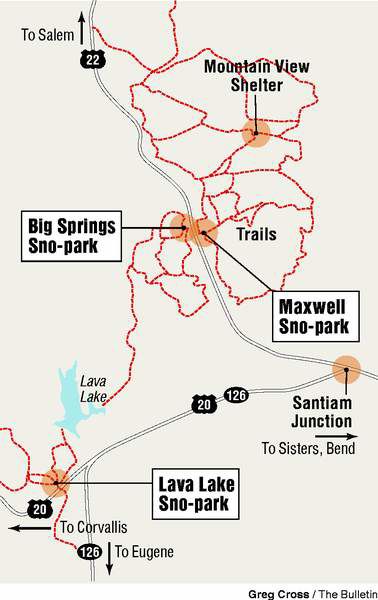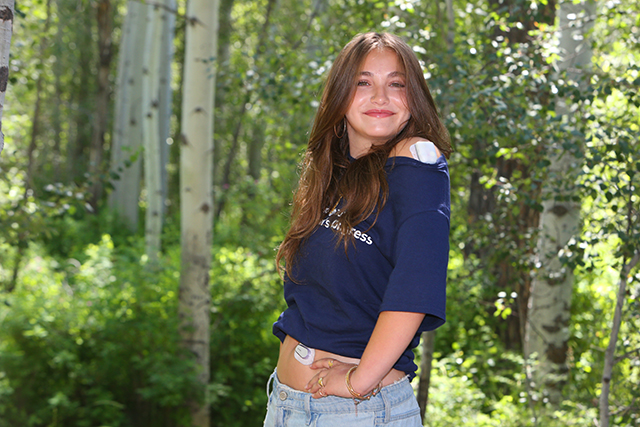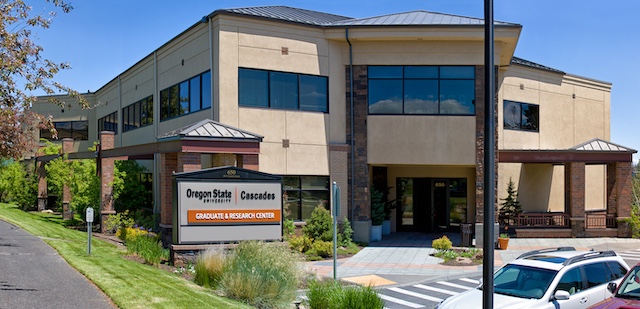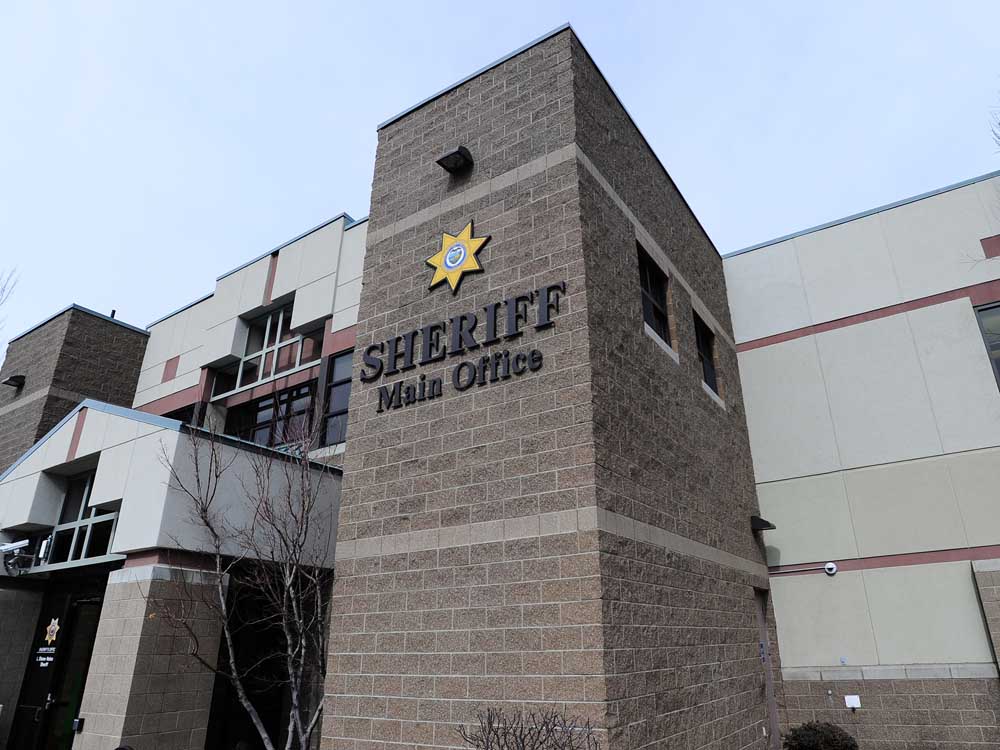Some other sno-parks
Published 4:00 am Thursday, January 6, 2011

- Some other sno-parks
When I think about places to cross-country ski or snowshoe, my mind naturally travels up the Cascade Lakes Highway. The sno-parks there offer great variety and beautiful scenery, plus they are located conveniently close to town. The problem is, these sno-parks can be wildly popular with other Central Oregonians.
On some bluebird Saturdays, it can feel as if the entire city of Bend has headed out to hit the local trails. Finding parking can be tricky or even impossible.
Trending
This made me wonder about other options for those craving snowy trails. Sure there are other sno-parks in Central Oregon. There are options near Prineville and Paulina Lake as well as options by Tumalo Falls and Sisters. But I had a different idea in mind. Every trip I take to Portland or Eugene, I whiz by numerous sno-parks near Santiam Pass. They always intrigued me. But whenever it was time to head to a sno-park, those far-off options had faded from my mind.
Brad Peterson, wilderness trails and winter recreation manager for Detroit and Sweet Home ranger districts, offered his insights into three of the sno-parks west of Santiam Junction. Even on the busiest day, Peterson has never seen any of the parking lots for these parks full.
Unlike some local sno-parks, these do not offer separate trails for skiers and snowshoers. Peterson recommends that people grab a map before hitting the parks. They are available online (go to www.fs.usda.gov/willamette and search for the name of the sno-park) or at a local ranger station.
He also suggests people check with the Oregon Department of Transportation to make sure there is access to the parking lot of a particular sno-park. Because the entrances are located along highways, sometimes after heavy snowfall the parking lots can get blocked by snow plowing.
Lava Lake Sno-Park
This sno-park is one of the least used in the area, according to Peterson. It is located about four miles west of Santiam Junction on U.S. Highway 20.
Trending
Lava Lakes is relatively small and offers three loop routes. The trails are for cross-country skiers and snowshoers, although there is some shared use with snowmobilers on some of the trails.
A majority of the trails travel through a unit of replanted trees and also offer a more open, clear setting.
The loops are mostly easy, but Peterson says people can run into challenging spots. One loop option takes skiers down to Lava Lake, which is a wide-open expanse. Peterson says this is a good option for beginners. There are some limited views, but “nothing spectacular.”
Big Springs Sno-Park
This sno-park is located three miles west of Santiam Junction on state Highway 22.
The trails of this park travel through large old growth trees in a closed-canopy setting. The giant trees mean visitors may encounter some tree wells and stump holes early in the season, but those are not much of a problem once the heavy snow fills them in, according to Peterson.
Big Springs offers some beginning and intermediate routes as well as one more difficult option. One of the routes does include some shared use with snowmobilers for about a mile. Peterson likes this park because you can “ski almost the whole sno-park in a day, covering a lot of ground.”
This sno-park also offers access to Lava Lake, although it’s a fairly long trip.
While this park doesn’t offer much in the way of views, its appeal comes from the chance to travel amid some really big old growth timber.
Maxwell Butte Sno-Park
This is the busiest of the three parks and is located 3.5 miles west of Santiam Junction on state Highway 22. It offers ample parking.
Peterson says this is also the most substantial of all of the sno-parks, offering about 25 miles or more of trails. The options are varied and diverse. There are easy trails that travel along road beds as well as advanced routes that travel along summer trails.
About one third of the routes travel through old growth forest and the remainder are more out in the open and cut through some replanted areas. Peterson also praises this sno-park for the views it offers, including vistas of Maxwell Butte, Three Finger Jack and Duffy Butte.
These spots are especially visible from Mountain View Shelter, a large structure that can be accessed from several trails. On a clear day, visitors can see Mount Washington and the North Sister as well as Three Finger Jack, which is just five or six miles away.
Visitors can get to the shelter by traveling up a 1.5-mile direct route, which includes some intermediate trails. There is another, significantly longer option that sticks to easy trails. The shelter is a hot spot because people are allowed to stay overnight in it. Peterson says it sleeps about 15 people, some on cots, some on the ground. Large parties need to call ahead, but otherwise the sleeping options are available on a first-come, first-served basis.
If you go
For more information, contact the Detroit Ranger District at 503-854-3366, or log on to www.fs.usda.gov/willamette.








